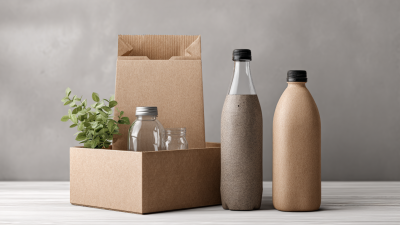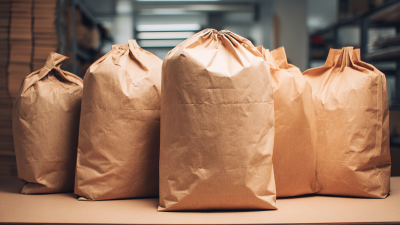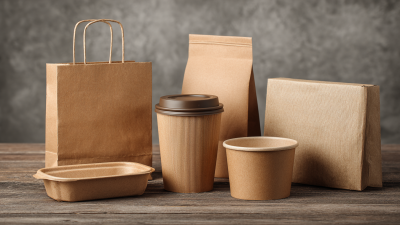In today's rapidly evolving market, businesses are increasingly recognizing the importance of sustainable packaging as a crucial element of their overall strategy. Sustainable packaging refers to the design and production of packaging materials that have a minimal environmental impact, focusing on recyclability, biodegradability, and the use of renewable resources. As consumers become more environmentally conscious, the demand for sustainable packaging solutions has surged, making it essential for businesses to adapt to these expectations.
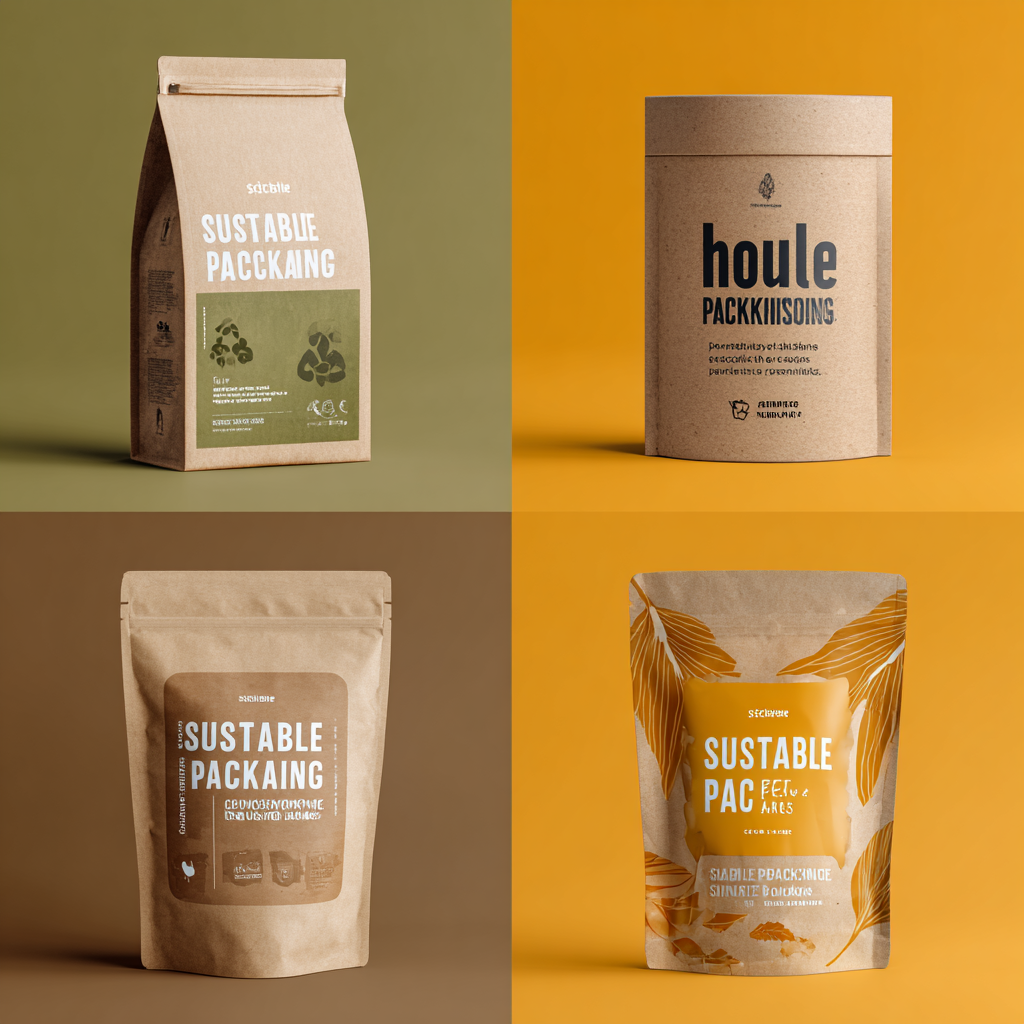
Implementing sustainable packaging not only helps in reducing waste and conservation of resources but also enhances a company's brand image and market competitiveness. By embracing sustainability, businesses can demonstrate their commitment to environmental stewardship, attract a wider customer base, and potentially reduce costs associated with packaging materials in the long run.
This article will explore how to effectively transition to sustainable packaging, the benefits it brings to your business, and the key considerations to keep in mind during this crucial shift.
Sustainable packaging refers to the use of materials and processes that have minimal environmental impact while ensuring product protection and usability. It encompasses a wide range of practices, including the selection of renewable resources, reduction of waste, and enhancing recyclability. The key principles of sustainable packaging involve creating solutions that not only serve functional purposes but also align with environmental ethics. This approach encourages businesses to innovate and rethink their packaging strategies, moving towards materials that are biodegradable or derived from recycled sources.
Incorporating sustainable packaging into a business model also presents an opportunity to connect with environmentally conscious consumers. As awareness of environmental issues grows, customers are increasingly favoring brands that demonstrate a commitment to sustainability. By adopting sustainable packaging practices, companies not only contribute to a healthier planet but can also differentiate themselves in a competitive market. This strategic shift can enhance brand loyalty and potentially result in increased sales, as consumers are willing to support businesses that are genuinely focused on reducing their ecological footprint.
 Sustainable packaging plays a crucial role in shaping brand image and fostering customer loyalty in today’s eco-conscious market. According to a report by Nielsen, 66% of global consumers are willing to pay more for sustainable brands, highlighting a significant shift towards environmentally friendly practices. Companies that prioritize sustainable packaging not only make a positive impact on the environment but also resonate with consumers who are increasingly interested in the ethical implications of their purchases.
Sustainable packaging plays a crucial role in shaping brand image and fostering customer loyalty in today’s eco-conscious market. According to a report by Nielsen, 66% of global consumers are willing to pay more for sustainable brands, highlighting a significant shift towards environmentally friendly practices. Companies that prioritize sustainable packaging not only make a positive impact on the environment but also resonate with consumers who are increasingly interested in the ethical implications of their purchases.
Furthermore, a survey by McKinsey & Company revealed that brands that actively engage in sustainable practices see a 20% increase in customer loyalty. This statistic underscores how integrating sustainable packaging can differentiate a brand in a crowded marketplace. When consumers perceive a brand as responsible and committed to sustainability, they are more likely to return for future purchases and advocate for the brand within their networks. As the demand for transparency and sustainability grows, businesses that embrace these values through effective packaging solutions will undoubtedly enhance their brand image and build lasting customer relationships.
The sustainable packaging market has witnessed significant growth in recent years, driven by increasing consumer demand for environmentally friendly products and practices. According to industry statistics, the global sustainable packaging market is projected to reach a valuation of over $400 billion by 2027, growing at a compound annual growth rate (CAGR) of more than 6% from 2022. This momentum is largely fueled by a shift in consumer behavior that prioritizes sustainability, with a substantial percentage of shoppers willing to pay more for products packaged in eco-friendly materials.
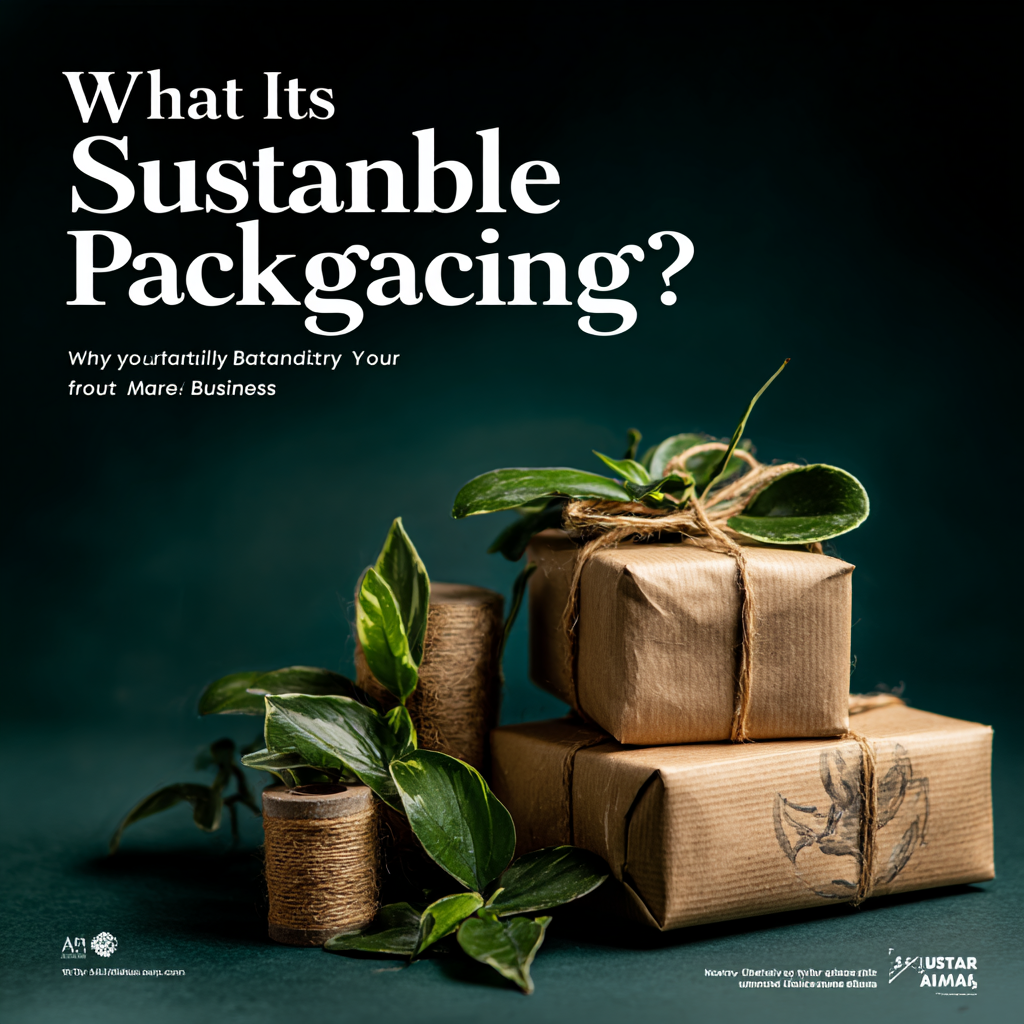
Key trends within this market include the rise of biodegradable and compostable packaging solutions, as well as the adoption of innovative materials such as plant-based plastics and recycled content. Companies are increasingly investing in research and development to create sustainable alternatives that not only reduce environmental impact but also enhance brand image and appeal to eco-conscious consumers. As businesses adapt to these trends, they are positioning themselves competitively in a rapidly evolving marketplace where sustainability is becoming a core component of consumer value propositions.
Sustainable packaging is increasingly vital for businesses looking to enhance their environmental credibility and respond to shifting consumer preferences. According to a 2021 report by Allied Market Research, the global sustainable packaging market is projected to reach $1 trillion by 2027, growing at a CAGR of 8.4% from 2020. This surge highlights a growing commitment among companies to incorporate eco-friendly alternatives into their packaging strategies.
When selecting materials for sustainable packaging, businesses have a variety of eco-friendly options available. Biodegradable plastics, made from renewable resources like cornstarch, have gained prominence in recent years, with a market expected to grow to $22.5 billion by 2026, as reported by a 2020 study from Grand View Research. Additionally, companies are increasingly turning to recycled materials; the Recycling Partnership noted that 94% of consumers expect brands to use recycled content in their packaging. Utilizing such materials not only boosts brand image but also plays a crucial role in reducing waste and promoting a circular economy, making it imperative for businesses to reconsider their material choices as part of their sustainability initiatives.
Sustainable packaging is no longer just a trend but a necessity, driven by escalating regulatory pressures and evolving consumer demands. With governments worldwide implementing stricter regulations to curb plastic waste, businesses are finding themselves compelled to adopt more eco-friendly packaging solutions. According to a report by the Ellen MacArthur Foundation, only 14% of plastic packaging is collected for recycling globally. Regulatory bodies are now targeting this waste crisis, proposing legislation that incentivizes the use of recycled materials and penalizes excess packaging. Companies that adapt quickly to these regulations can avoid fines and position themselves as leaders in sustainability.
Consumer demand plays a pivotal role in the shift towards sustainable packaging. A recent survey by Packaging Digest revealed that 72% of consumers are more likely to purchase from brands that demonstrate environmental responsibility. This growing awareness among consumers translates into significant market potential; the sustainable packaging market is expected to reach $500 billion by 2028, according to a report by Smithers. As consumers become more conscientious about their purchases, businesses need to align their packaging strategies with these values to stay competitive. Firms that prioritize sustainable packaging not only enhance their brand image but also drive loyalty among environmentally conscious consumers.
